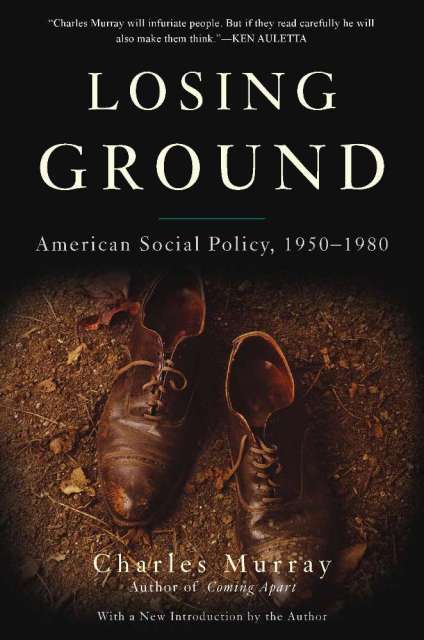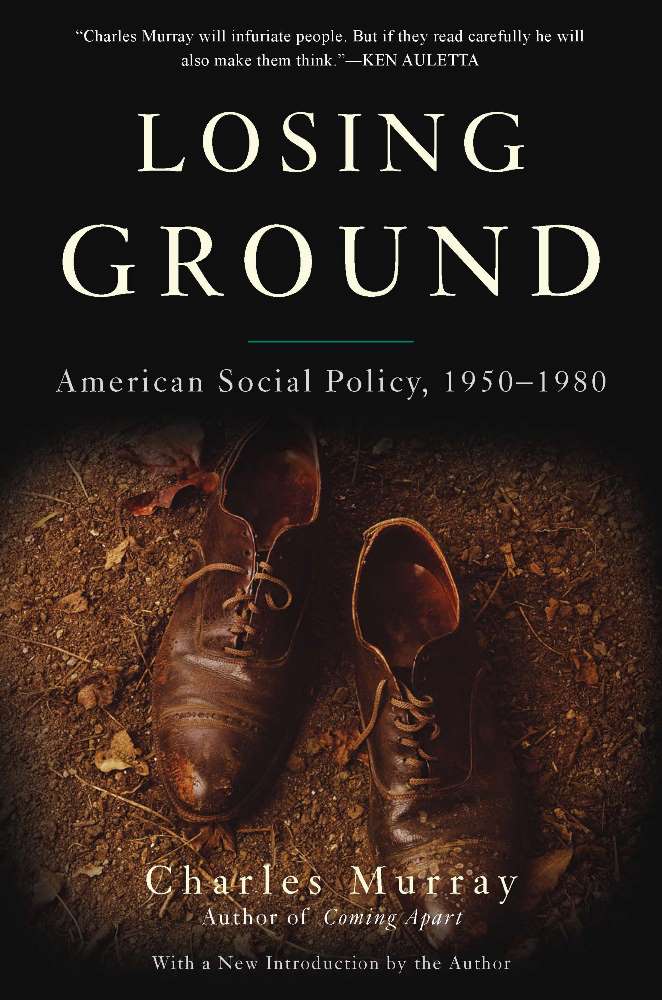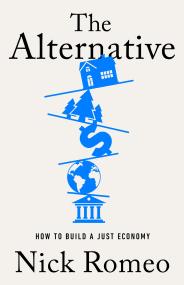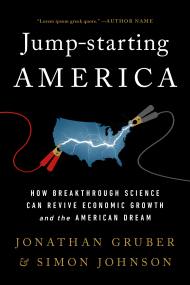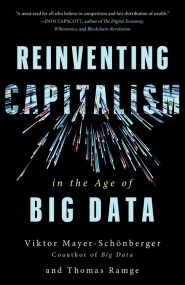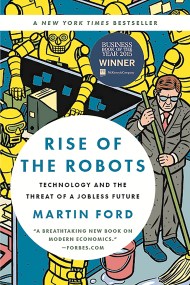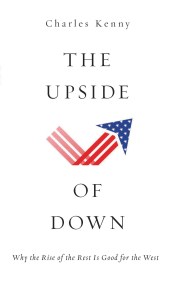Promotion
Use code MOM24 for 20% off site wide + free shipping over $45
Losing Ground (10th Anniversary Edition)
American Social Policy, 1950-1980
Contributors
Formats and Prices
Price
$14.99Price
$19.99 CADFormat
Format:
- ebook (Special Edition) $14.99 $19.99 CAD
- Trade Paperback $19.99 $24.99 CAD
This item is a preorder. Your payment method will be charged immediately, and the product is expected to ship on or around August 4, 2008. This date is subject to change due to shipping delays beyond our control.
Also available from:
This classic book serves as a starting point for any serious discussion of welfare reform. Losing Ground argues that the ambitious social programs of the1960s and 1970s actually made matters worse for its supposed beneficiaries, the poor and minorities. Charles Murray startled readers by recommending that we abolish welfare reform, but his position launched a debate culminating in President Clinton's proposal “to end welfare as we know it.”
Genre:
- On Sale
- Aug 4, 2008
- Page Count
- 464 pages
- Publisher
- Basic Books
- ISBN-13
- 9780786723775
Newsletter Signup
By clicking ‘Sign Up,’ I acknowledge that I have read and agree to Hachette Book Group’s Privacy Policy and Terms of Use
